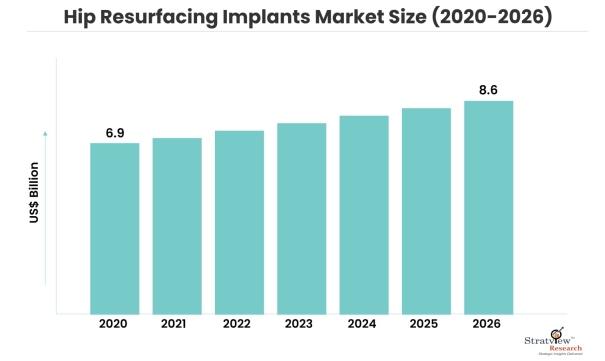The Hip Resurfacing Implants Market is segmented by Material (Cobalt-Chromium Alloy, Tin Coated, Hybrid Alloy (Cobalt + Titanium)), Type (Cemented Total Hip Implant, Cement Free Total Hip Implant, Partial Femoral Head Implant, Hip Resurfacing, Revision Hip Implants), End-User (Orthopedic Clinics, Hospitals, Surgery Centers), and Region (North America, Europe, Asia-Pacific, and the Rest of the World).
Patient-Centric Care: The Future of Hip Resurfacing Implants
In the realm of orthopedic surgery, patient-centric care has become a guiding light, and nowhere is this more evident than in the field of hip resurfacing implants. These innovative procedures are not just about surgical precision; they're about tailoring each intervention to meet the unique needs and aspirations of the patient. The future of hip resurfacing is undeniably patient-centric, emphasizing individualized care and improved outcomes.
Personalized Treatment Plans
The core principle of patient-centric care in hip resurfacing is the development of personalized treatment plans. Orthopedic surgeons work closely with patients to understand their specific medical history, activity level, and joint health to create a tailored surgical approach.
Customized Implant Selection
Selecting the right hip resurfacing implant is crucial for a successful outcome. The future of patient-centric care involves choosing the most suitable implant based on the patient's anatomy, ensuring a precise and secure fit.
Minimally Invasive Techniques
Advancements in minimally invasive techniques are a key aspect of patient-centric care. These approaches reduce post-operative pain, promote faster recovery, and minimize scarring, ultimately enhancing the patient experience.
Long-Term Follow-Up
Patient-centric care doesn't end with the surgery. It extends to long-term follow-up and rehabilitation to monitor progress, address any concerns, and support the patient's return to an active and pain-free life.
The Role of Technology
Cutting-edge technology, such as computer-assisted navigation and 3D imaging, is enabling orthopedic surgeons to provide patient-centric care by enhancing surgical precision and implant placement.
The future of hip resurfacing implants is undeniably bright, with patient-centric care at its core. By prioritizing the unique needs and aspirations of each patient, these procedures are not only restoring mobility but also improving the overall quality of life for those seeking a return to an active and pain-free existence.
